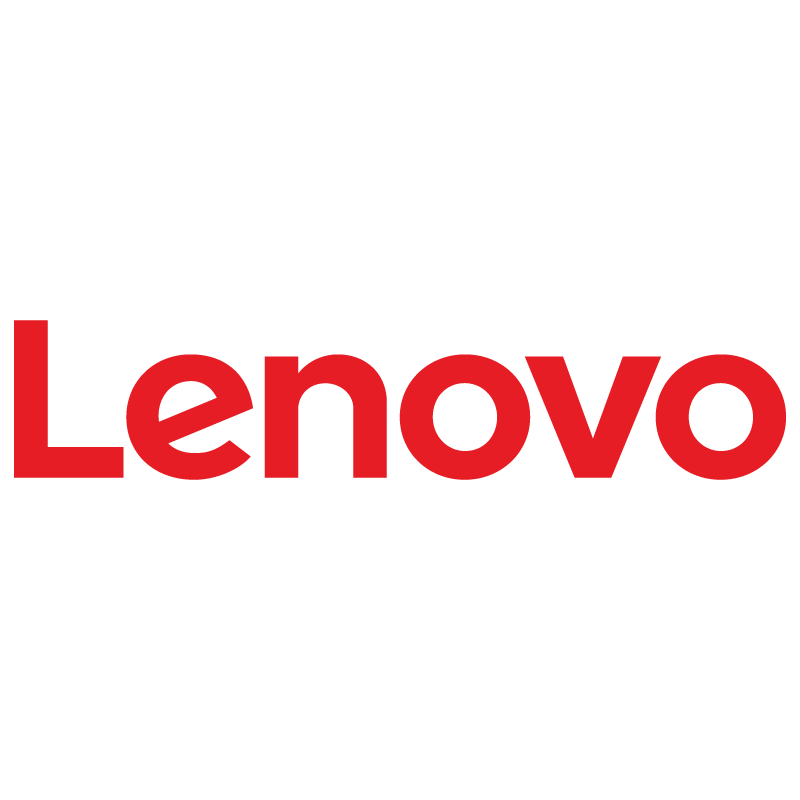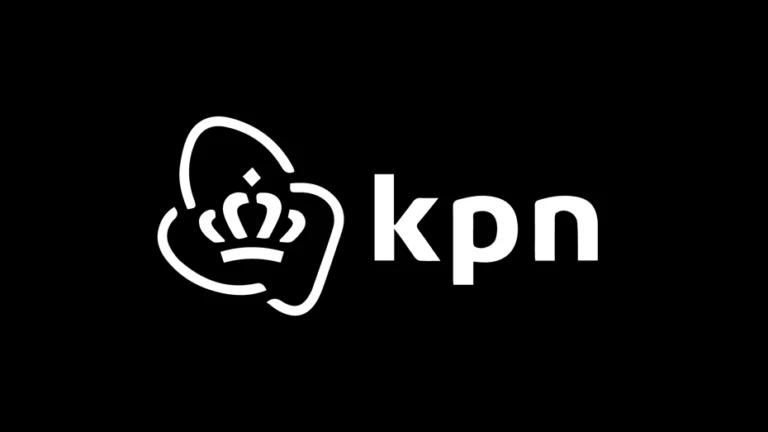The Problem
Lenovo is a $21 billion personal technology company and the world’s second-largest PC vendor. Listed in the Global Fortune 500, it has more than 26,000 employees based across the world, serving customers in more than 160 countries. Lenovo has headquarters in Beijing, China and Morrisville, North Carolina, U.S.; major research centers in Japan (Yokohama), China (Beijing, Shanghai and Shenzhen), and the U.S. (Morrisville); and manufacturing plants around the world, from North Carolina and Mexico to India, China and Brazil.
With so many employees serving so many companies, the customer fulfillment department needed a new way to handle customer interaction instead of using unstructured email communication. In addition, Lenovo recognized that inter-department collaboration within a cloud environment could cut down on unnecessary emails, memos and other correspondence. With many pain points to address, Lenovo decided that it required a BPM solution.
Pain Points
- High volume of unnecessary email correspondence between customers and the customer fulfillment department.
- Need for reporting and dashboards to provide insight into customer fulfillment department productivity.
- Separate departments handling and responding to customer inquiries.
- Hardware purchase and maintenance costs of current on-premise applications.
- No way for senior managers to track the work of employees.
The Solution
- Phase One: ProcessMaker was tested with a simple deployment into a small department of 16 users working with nine processes. The aim was to discover if ProcessMaker could solve the email communication pain point. Not only was this initial deployment successful, reports and dashboards were set up in this phase. Lenovo stated that quick and easy access to the ProcessMaker database for its administrators helped to facilitate these extra dashboard and report features.
- Phase Two: After the success of the first phase, ProcessMaker was quickly and easily deployed into a second department with a user base of 25 users and 16 processes, including a Lean Six Sigma project. A secondary objective was also met in this phase; the merging of one process between two separate departments - which ultimately saved time and unnecessary internal communication.
- Phase Three: The final phase of Lenovo’s deployment of ProcessMaker was a roll out of the application to a user base of 90+ users, across 20 processes. Lenovo states that the one of the biggest achievements in this phase was to reduce one internal process (known as T.A.T.) from six days to two days in length. The last step of this phase was to transition the Lenovo solution to the cloud (including old cases and database entries). Lenovo said that customer satisfaction was significantly improved by the end of phase three – thanks mainly to the streamlined standards and increased efficiency provided by ProcessMaker.
The Value Created
Increased
- Customer satisfaction now that an important customer-related process has been reduced by 4 days.
- Efficiency and transparency now that unnecessary communication has been eliminated and reports and dashboards put in place.
- Collaboration since processes can be accessed and used across multiple departments together with the searching/tracking of cases by users.
Decreased
- Maintenance and storage space on internal servers because they are running ProcessMaker is running in a secure cloud environment
- Wait and processing time for the end customer now that processes are automated and easily tracked
- Unnecessary communication with ProcessMaker’s automated emailing feature keeping users up to date on current tasks and cases




